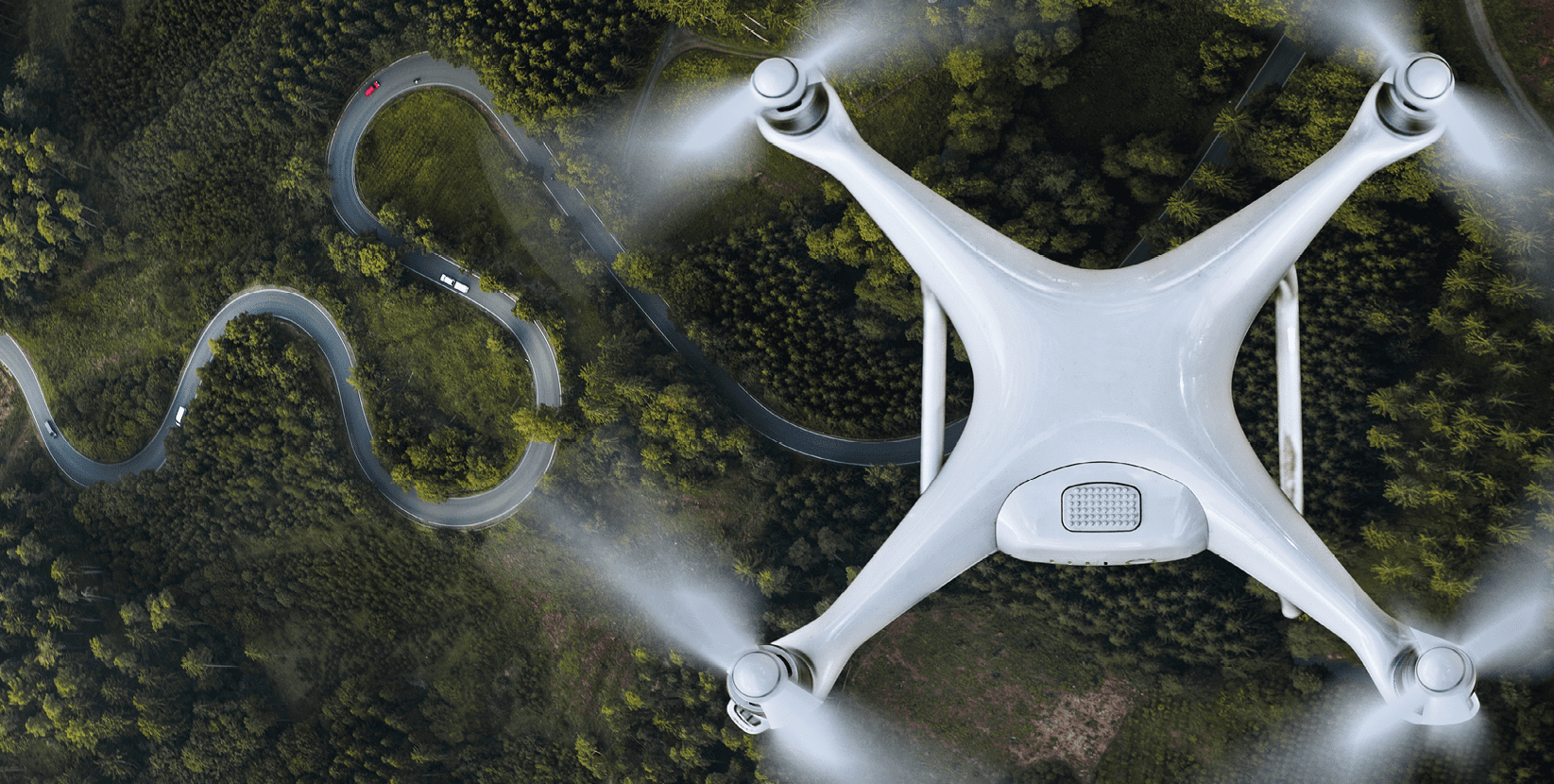Water
Targets: maintain the recycled water ratio and reduce pollution; continue providing clear water to local communities.
Key next steps: develop solutions for treatment of mine and industrial wastewater, build and operate new treatment facilities, deploy new technical solutions, remediate pollution from environmental accidents in line with the Great Norilsk Expedition recommendations.
The Company’s major production assets are located in regions with sufficient water resources. In 2021, as in previous years, no shortage of water was reported as enterprises and households were supplied with sufficient amounts of water. In general, the Company is extremely careful about its use of fresh water and strictly compiles with restrictions applicable to industrial water withdrawal. The Company is committed to sustainable use of water resources and prevention of water body pollution.
Nornickel’s key production facilities use closed water circuits to keep water withdrawal on a relatively low level. Furthermore, the Company never withdraws water from protected natural areas. In 2021, 85% of all water used by the Company was recycled or reused. This water was mostly withdrawn from surface and underground water bodies, in addition to third-party wastewater and natural water inflow. Natural water inflow and meltwater accounted for 15% of the total water withdrawal in 2021. All facilities using water have programmes in place to monitor water bodies and water protection areas.
Wastewater discharge into water bodies also does not exceed the approved limits or have any material impact on biodiversity of water bodies and related habitats.
Water risk management
The Company’s ongoing procedures to assess the risks of its impact on water resources include:
- wastewater inventory
- monitoring of wastewater discharge volume and quality at discharge sites
- observation of surface water bodies at control points upstream and downstream of discharge sites
- investments in improving the performance of water treatment systems and building new systems
- monitoring of wastewater treatment processes at treatment facilities and implementation of organisational and technical measures to improve treatment effectiveness.
of the total number of innovative initiatives in the Company’s portfolio, including:

